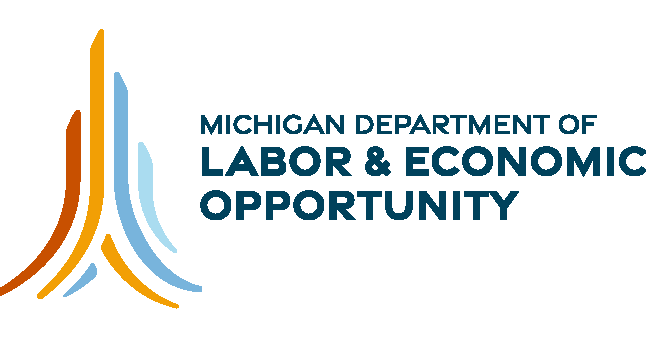Findings reveal education and infrastructure as key areas for investment
The Growing Michigan Together Council met today to hear findings from an independent report prepared by Guidehouse. The report summarizes population trends, fiscal analysis of Michigan’s state and local revenues and expenditures over time, as well as key outcomes in Michigan as compared to those in faster-growing peer states. Guidehouse compiled and analyzed census data from across the country to inform their report.
The report showcases Michigan’s slower population growth is compounded by residents retiring and aging out of the workforce and by younger residents leaving the state. Between 1980 and 2020, the 65 and older population grew by 87% and Michigan’s under-19 and 20-34 populations decreased by approximately 22% and 18% respectively. By 2045, projections show that Michigan’s 65+ population will be the fastest-growing age group, growing by almost 30%. The 20-34 age group is projected to decrease by 70,000, a 3.6% loss from 2020.
The report compares Michigan’s overall competitiveness with neighboring states and peers seeing higher population growth, including Indiana, Minnesota, North Carolina, Colorado and Washington. Each was selected based on regional relationship, comparative size, population growth and economic structure.
Research shows that Michigan’s state and local inflation-adjusted education spending decreased by nearly $5 billion in the past 15 years. When it comes to measures of educational attainment and STEM training, Michigan is lagging behind other states with racial minorities faring more poorly than white students. Compared to peer states, Michigan ranks last in 4th-grade reading proficiency.
“This report has been incredibly eye-opening and the findings further underscore the importance of the Council's work. Taking a good, hard look at this data will help us make decisions that can grow our economy and create a better future for all residents,” said Growing Michigan Together Council Chair Ambassador John Rakolta Jr. “Uncovering the past, looking at the present and aspiring towards the future will lead us to take bold action to correct the trajectory of where we’re headed as a state. We can’t risk another 20 years of stagnated population and slow economic growth.”
While Michigan saw a 15% increase in infrastructure expenditures from 2007-2021, revenues have been buoyed by federal investments and temporary funding, and state needs may not yet be met. Several infrastructure outcomes in Michigan, including road and bridge conditions, electric rates and public transit use are rated poorer than in peer states and risk driving down economic growth. The report showcases that if temporary funding from federal investments is not replaced with a sustainable funding source, infrastructure conditions are at further risk of deterioration.
“Pair Michigan’s aging population with more young people leaving the state and we’ve got a big predicament on our hands. We don’t have enough people to fill our jobs and communities across the state are starting to see the cracks,” said Growing Michigan Together Council Chair Shirley Stancato. “We’re losing critical tax base that will make it more difficult to fund the investments and improvements needed to improve quality of life for Michigan residents. It’s time to end this cycle. If we want to curb population stagnation, we need to ensure we have great opportunities and great communities for our young people. We need vibrant places where all residents can build prosperous lives right here in Michigan.”
State and local tax revenues in Michigan are growing more slowly than the U.S. average, further exacerbating the state’s education and infrastructure outcomes. Total state and local tax revenues in Michigan grew by 3% from 2007 - 2021, compared to 25% growth in the U.S. and an average of 36% growth amongst peer states. Property tax revenue for communities actually dropped over the last 15 years, demonstrating that Michigan revenues for public investment aren’t keeping pace with economic growth.
Information from the Guidehouse report will be made available to the Council, as they continue to craft their final recommendations and prepare to submit them to the governor on December 15.
To view the full report, click here.
To learn more about the state’s work to grow Michigan’s population, visit: growingmichigan.org
###
















